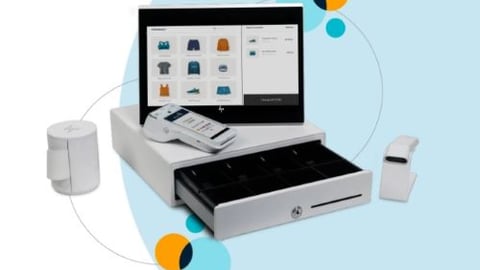Canadians continue to migrate to digital options for their payments
Canadians continue to gravitate using digital payments and using cashless payment options when shopping according to the latest Payments Canada report on consumer payments mentods and trends.
This year’s annual Canadian Payment Methods and Trends Report, Fuelling the future of payments through choice, examined some 21.7 billion retail payment transactions made in 2023, totalling $11.9 trillion. The report reveals that the Canadian payment market grew by 6% in volume and 1% in value from 2022 to 2023, and explores payment behaviours and the future innovations that will evolve the way Canadians pay and get paid.
When it comes to payment methods, credit cards represented 33% of payment volume in 2023, followed by debit cards (30%); electronic funds transfer (15%); cash (11%); online transfer (6%); cheque, automated banking machine (ABM) and prepaid cards (all at 2%).
READ: Canadians continuing to move away from using cash study finds
"This is an exciting time for payment innovation in Canada, fuelled by Canadians' desire for payment options that make their lives easier," said Susan Hawkins, president and CEO of Payments Canada. "Evolving technologies, regulations and the continued modernization of our payment systems mean that Canadian consumers and businesses will have even more payment choices. No matter what Canadians' payment preferences are, through the continued safe operation of our systems and the development and enhancement of our rules, standards and by-laws, Payments Canada works to ensure payments are easier, smarter and safer for everyone."
Some key trends that are highlighted in the report are:
Credit and debit card usage leads payment volume. Credit and debit cards remained the leading two payment methods of choice. Combined, credit cards (33%) and debit cards (30%), made up 63% of total payment volume. Electronic funds transfer (EFT) represents 15% of payment volume, followed by cash at 11%, online transfer at 6%, in addition to prepaid, ABM and cheque each at 2%.
Prepaid cards showed the greatest transaction value growth among cards at 10%. Canadians report using prepaid cards to make payments quickly, to receive discounts/loyalty rewards and to use their own funds. The average prepaid transaction value was $69.
Online transfers (such as Interac e-Transfer and PayPal) volume and value grew by 14% and 20% respectively as the fastest-growing payment type. For the first time ever, online transfer usage surpassed cheques based on volume for business payments.
Cash transaction volume increased by 15% while transaction value increased by 4%. The average cash transaction value was $26, slightly lower than 2022 at $29. Almost half of all Canadians (49%) frequently used cash in 2023.
One interesting finding in this year’s report is the growing number of Canadian businesses saying they plan to use generative artificial intelligence (GenAI) in their operations and customer interactions when it comes to payments. According to Payments Canada, around one in two businesses (49%) intend to use GenAI to make their operations and processes more efficient. The top three GenAI applications perceived to benefit businesses most are fraud detection and prevention (44%), automating payment processing (37%) and creating personalized customer experiences (29%) such as generating personalized experiences, recommendations and preferred payment options.




